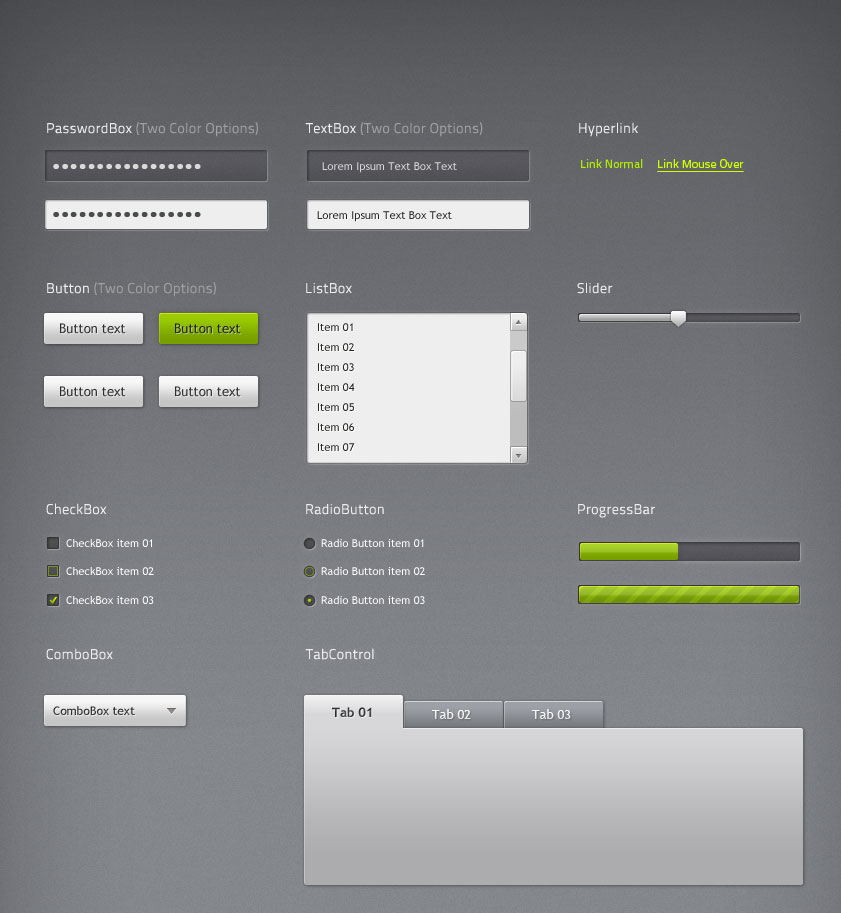Expression Studio 4 launch–Blend, Web, Encoder, Design
| Comments- | Posted in
- silverlight
- wpf
- expression
- blend
- expression blend
- xaml
- ria
- mvvm
- riaservices
 Today (7-Jun-2010) at Internet Week in New York, Microsoft announced the general availability of Expression Studio 4 which includes upgraded versions of Expression Blend (including Sketchflow), Encoder, Web (including SuperPreview) and Design.
Today (7-Jun-2010) at Internet Week in New York, Microsoft announced the general availability of Expression Studio 4 which includes upgraded versions of Expression Blend (including Sketchflow), Encoder, Web (including SuperPreview) and Design.
You can find out the details of each product and download a trial at http://www.microsoft.com/expression right now.
With this release comes a free Upgrade for licensed version 3 (Studio or Web) users! All you need to do is install the trial version of v4 on top of your licensed version of Expression Studio 3 or Expression Web 3 and the installer will find your license and upgrade it to the full v4 product with no expiration. This applies to customers who received their software through retail channels or electronic software download direct. For customers who have broader license agreements (i.e., MSDN, WebsiteSpark, BizSpark) you should install the product using the software provided from your program site.
Here’s a quick break-down list of what’s new in this release:
Expression Blend 4 New Features include:
- VS2010 compatibility
- Windows Phone support
- Deeper Adobe Photoshop import (layer effects)
- New behaviors & conditional behaviors
- Enhanced sample data support
- Listbox path layout for designing with data
- Pixel Shader effects (including animations)
- Easier styling and customization
- Model View View-Model support
- Mockup controls for SketchFlow
Expression Web 4 New Features include
- SEO Reporting from inside of the application
- New extensibility model enables creating add-ins with HTML, JS, and CSS
- New SuperPreview online service beta for browser compatibility testing now supports Macintosh Safari
Expression Encoder 4 Pro New features include
- Live Smooth Streaming (VC-1 & H.264)
- New H.264 encoder from MainConcept
- Enhanced Screen Capture
- DRM (PlayReady) for Live Content
This is an awesome release for XAML, web and media developers creating interactive solutions.
NOTE: If you are developing in Silverlight for Windows Phone 7 and need/want to use Blend for this, do not install the released version of Expression Studio 4. You must continue to use the Blend 4 Beta and Add-in Preview for Windows Phone. This Beta will be refreshed with each Phone SDK pre-release and will be unified with released Blend 4 in a service pack which will release when the Windows Phone SDK releases.
There will be a bunch of information coming out about these features and tutorials by the Expression team along with videos, etc. I would keep an eye on Adam Kinney’s site for details on some of this information. As the Expression Evangelist, Adam is a ‘must subscribe’ resource that you should have in your toolbox! So go check out an overview of Expression Studio 4 and get the trial!
Hope this helps!
